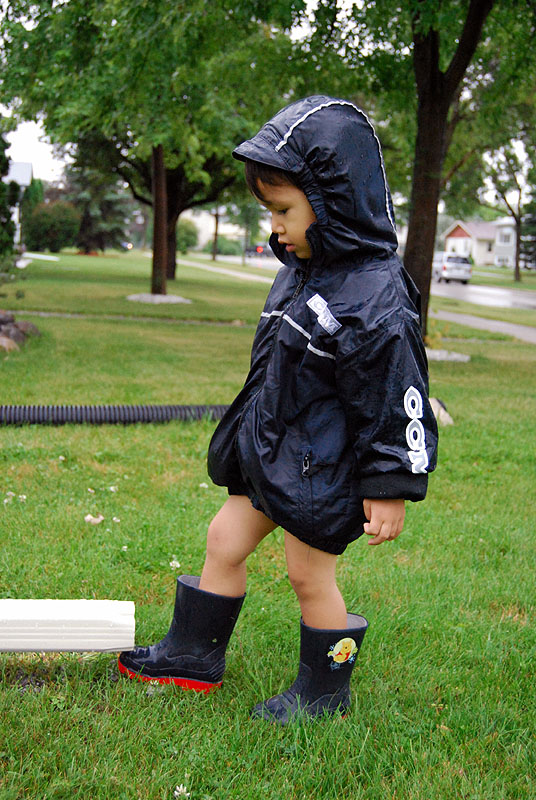Frank Petronio
Well-known
I much prefer that camera manufacturers distinguish their cameras by high ISO and extended dynamic range performance than having more megapixels than their competitors. The cameras that do well at high ISOs also tend to have a great dynamic range at lower ISOs so we all win.
Not that I don't want a M9 too but I was surprised it didn't offer a little more on the high ISO side of the trade-off between speed and megapixels. I guess they must figure than M9 users are more experienced and steady photographers who also buy faster lenses.
Now if we could get them to dump all this video crap and make cameras with an interface as clean as the Leica's....
Not that I don't want a M9 too but I was surprised it didn't offer a little more on the high ISO side of the trade-off between speed and megapixels. I guess they must figure than M9 users are more experienced and steady photographers who also buy faster lenses.
Now if we could get them to dump all this video crap and make cameras with an interface as clean as the Leica's....






